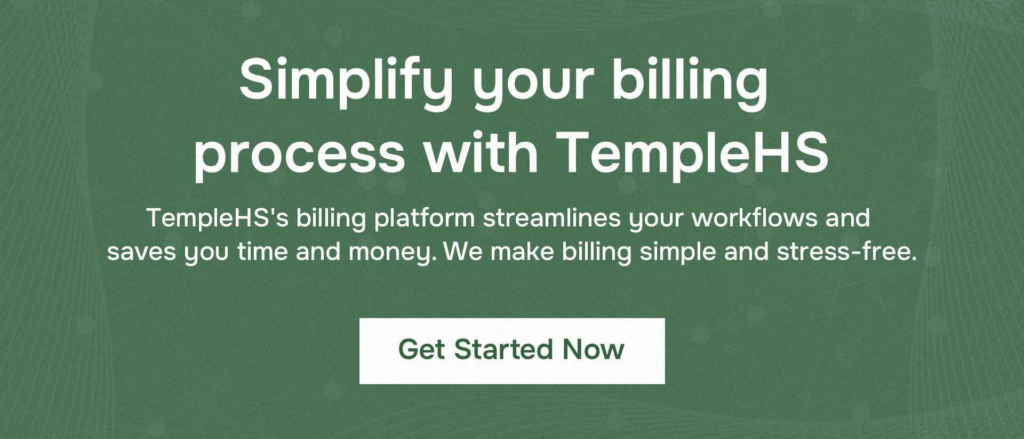Behavioral health, encompassing mental health, substance use, and related conditions, plays a crucial role in overall well-being. As the understanding and importance of mental health grow, the need for effective management and improvement in this sector becomes increasingly critical. Healthcare Business Intelligence (BI) is emerging as a transformative tool in this endeavor.
By leveraging data analytics, BI provides actionable insights that enhance decision-making, streamline operations, and improve patient outcomes in behavioral health services. It helps practitioners identify trends, allocate resources more efficiently, and personalize treatment plans, thereby addressing the unique challenges faced by this sector. Again, BI facilitates the integration of behavioral health data with broader healthcare data, promoting a holistic approach to patient care.
As we explore the significant impact of BI on behavioral health, this post will outline seven key ways it is reshaping the field, showcasing the potential for improved care delivery and patient experiences.
7 Ways Healthcare BI Is Reshaping Behavioral Health
1. Enhanced Patient Care through Data-Driven Insights
Healthcare BI enables the aggregation and analysis of vast amounts of patient data, providing behavioral health professionals with comprehensive insights into patient histories, treatment responses, and potential risk factors.
By utilizing predictive analytics, clinicians can identify patterns that might indicate a patient’s risk of relapse or the emergence of new behavioral health issues. This proactive approach allows for early intervention and personalized treatment plans, ultimately leading to improved patient outcomes.
2. Improved Resource Allocation and Operational Efficiency
BI tools help behavioral health organizations optimize their resource allocation by identifying inefficiencies and areas needing attention. By analyzing data on patient flow, staffing levels, and resource utilization, administrators can make informed decisions that enhance operational efficiency. For instance, understanding peak times for patient visits can lead to better scheduling and reduced wait times, improving overall patient satisfaction and care quality.
3. Enhanced Collaboration and Communication
BI facilitates better communication and collaboration among healthcare providers by creating a centralized platform for data sharing. Behavioral health professionals can access up-to-date patient information, treatment plans, and progress notes, ensuring a coordinated approach to patient care. This interconnection reduces the risk of redundant tests and treatments, streamlining the care process and fostering a more holistic approach to patient health.
4. Population Health Management and Risk Stratification
Healthcare BI enables the segmentation of patient populations based on various criteria such as demographics, diagnosis, and treatment history. This segmentation helps in identifying high-risk groups and tailoring preventive measures accordingly. For example, BI can identify populations more susceptible to substance abuse and develop targeted intervention programs. By focusing resources on these high-risk groups, behavioral health organizations can effectively manage population health and improve outcomes at a community level.
5. Financial Performance and Revenue Cycle Management
Behavioral health organizations often operate on tight budgets, making financial performance critical. BI tools can analyze billing and claims data to identify trends in revenue cycles, pinpointing issues such as frequent claim denials or delays in payments. By addressing these issues, organizations can improve their financial health, ensuring they have the necessary resources to provide quality care. Also, BI can help in forecasting future financial trends, aiding in long-term strategic planning.
6. Compliance and Regulatory Reporting
The healthcare sector is heavily regulated, and behavioral health organizations must comply with numerous standards and reporting requirements. BI simplifies this process by automating the collection and analysis of compliance-related data. This automation reduces the administrative burden on staff and minimizes the risk of errors in reporting. Accurate and timely compliance reporting ensures that organizations meet regulatory requirements, avoid penalties, and maintain their accreditation status.
7. Patient Engagement and Satisfaction
BI tools can enhance patient engagement by providing insights into patient preferences and behaviors. By analyzing feedback and interaction data, healthcare providers can develop strategies to improve patient satisfaction and engagement. For instance, BI can identify common patient concerns and areas of dissatisfaction, allowing organizations to address these issues proactively. Engaged patients are more likely to adhere to treatment plans and participate in their care, leading to better health outcomes.
Conclusion
Healthcare BI is proving to be a game-changer for behavioral health. From enhancing patient care to optimizing operational efficiency, the integration of advanced analytics is creating a more responsive and effective healthcare environment.
Mental health professionals can significantly enhance their practices by utilizing tools like TempleHS, which streamline various aspects of healthcare management. TempleHS offers a comprehensive set of features, including seamless appointment scheduling, advanced electronic health records (EHR), efficient billing solutions, and innovative telehealth services. These capabilities reduce administrative burdens and improve the accuracy and efficiency of healthcare delivery.
With TempleHS, professionals can automate routine tasks, access real-time patient data, and facilitate secure communication with patients through secure messaging and virtual visits. This platform ensures compliance with regulatory standards, thereby minimizing the risk of errors and enhancing the overall quality of care.



